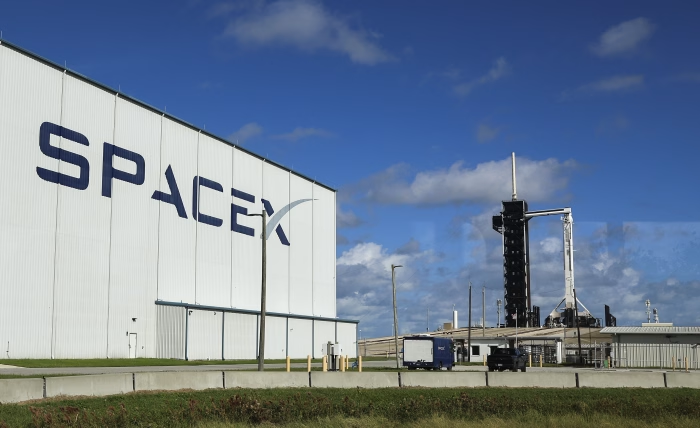SpaceX has taken another major leap forward in its quest to revolutionize space travel, as the company successfully completed a crucial test flight of its Super Heavy–Starship rocket system. The mission, launched from Starbase in South Texas, marked the tenth integrated test flight and represented a significant turnaround after a series of earlier setbacks. For SpaceX, this moment was more than just another flight—it was proof that years of trial, error, and rapid innovation are bringing the company closer to its ambitious goal of making space travel routine and reusable.
The Launch and Flight Performance
The launch was closely watched not only by engineers and space enthusiasts, but also by policymakers, investors, and competitors around the world. Standing over 400 feet tall, Starship is the largest and most powerful rocket ever built. The liftoff was smooth and powerful, with nearly all engines on the Super Heavy booster firing as expected. After stage separation, the booster executed its descent burn and safely splashed down in the Gulf of Mexico. The upper stage continued its journey, releasing test payloads before performing a controlled descent through Earth’s atmosphere. Despite visible scorching on the heat shield and body, the vehicle survived reentry forces and achieved a targeted splashdown in the Indian Ocean, delivering valuable data for future missions.
Overcoming Previous Setbacks
This success was particularly meaningful because several previous flights had ended in fiery failures, often during the critical reentry phase. By contrast, this mission demonstrated that SpaceX’s iterative engineering process—launch, fail, learn, and repeat—is steadily yielding results. The performance of the heat shield tiles, aerodynamic flaps, and Raptor engines all offered engineers the kind of real-world data that no ground test can fully replicate. Even when one engine was shut down mid-flight, the rocket adjusted smoothly, showing resilience and stability.
The Bigger Picture for Space Exploration
The broader implications of this flight are far-reaching. Starship is central to SpaceX’s long-term vision of colonizing Mars, supporting NASA’s Artemis missions to the Moon, and providing low-cost, reusable access to orbit for commercial and scientific payloads. NASA is counting on the vehicle for its planned lunar landings later this decade, and SpaceX is also targeting uncrewed Mars missions as early as 2026. The success of this test bolsters confidence that the Starship program is on track, even if further refinements and challenges remain.
A Win for the SpaceX Team
For SpaceX’s workforce, the victory carried emotional weight. Months of tireless work after repeated setbacks culminated in a mission where all major objectives were met. The sense of achievement rippled through mission control as both stages executed their planned maneuvers. Elon Musk underscored this momentum by reaffirming his belief that Starship will soon be capable of frequent launches, potentially even multiple in a single day once the system matures.
Future Developments and Challenges
Looking ahead, SpaceX is preparing new iterations of the rocket, including a taller and more powerful variant expected within the next two years. Work continues on developing orbital refueling technology, refining booster recovery techniques, and improving heat shield durability. Each of these milestones will be vital to making the rocket a practical workhorse for missions to the Moon, Mars, and beyond.
Conclusion
The success of this critical test flight does not mean SpaceX has eliminated all risks. Building the world’s most powerful rocket is inherently complex, and setbacks are almost certain to continue along the way. But what Flight 10 showed is that the path forward is solid, and the vision of fully reusable, rapid-turnaround spaceflight is closer than ever before. With this mission, SpaceX has not only restored momentum but also reaffirmed its place as the leading force shaping the future of space exploration.

